The Painter from Palestine and the Yiddish Poet
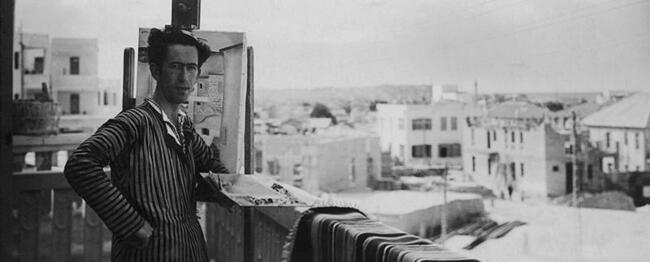
The artist Reuven Rubin was adventurous, impetuous, fiercely independent, and a born storyteller, with a face like a slab of carved marble. In 1910, aged seventeen, he opened a note from a wealthy benefactor in his native Romania and found two gold coins. He used the money to travel to Jerusalem to study at the Bezalel School of Art. Almost twenty years later, returning to Palestine from New York on the SS Mauretania, Rubin introduced himself to a fellow passenger. Eighteen year old Esther Davis from the Bronx was the child of Hungarian immigrants and the winner of a national speaking contest organized by an American Zionist youth society. Her prize—a three month trip to Palestine.
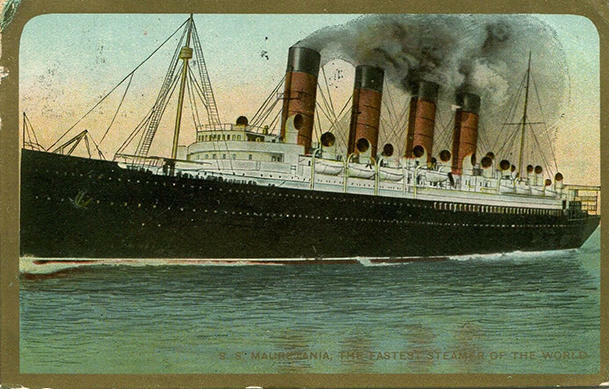
Within minutes of getting into conversation, Rubin asked Esther to marry him. That night, after dinner, she wrote in her diary:
“Met a real painter from Palestine, Rubin. Not too handsome but very charming! Thinks I have lovely eyes and was very friendly. Thirty six and still a bachelor! We talked all afternoon. He tried to kiss me but I wouldn’t let him . . . Calm sea, folks strolling around, it’s beginning to be an interesting trip . . .”
That was February, 1929. A year later, they were married in a simple ceremony on the roof of Rubin’s apartment in Tel Aviv. Their honeymoon took them to Alexandria, Paris, London, and New York.
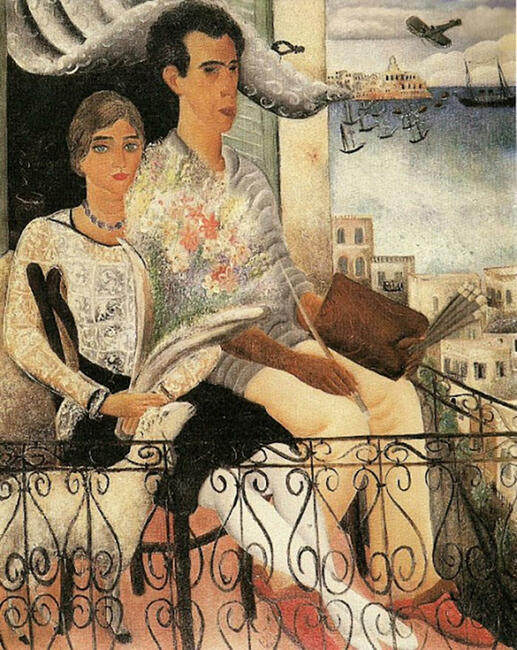
The visit gave Rubin the chance to introduce Esther to his friend, Bertha Kling, whom he had met on his first visit to New York in 1921. He recalled that encounter in his autobiography My Life, My Art, and we reproduce that passage in full in this post. It gives a wonderful insight into Bertha’s natural intimacy and warmth as she welcomed a stranger into her home and provided the little-known artist with a new circle of friends.
Rubin had a deep and lifelong connection to Yiddish culture, starting from his early days in Czernowitz. He illustrated a number of Yiddish books, including Mayn alef-beys (My Alphabet) by Eliezer Shteynbarg, a classic work of children’s literature from 1921 on which Rubin collaborated with his close friend and fellow artist, Arthur Kolnik.
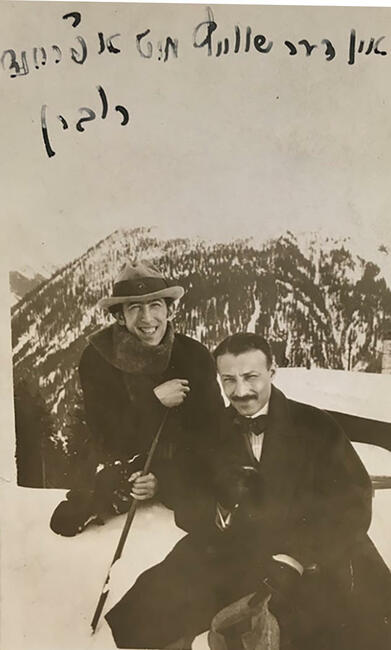
Some years later, Rubin painted a double portrait of another good friend, the Yiddish writer Peretz Hirshbein, and his wife, poet Esther Shumiatsher. Rubin would go on to become perhaps Israel’s most celebrated national artist. His extraordinary life included a spell as Israel’s ambassador to Romania from 1948 to 1950. During the posting, he masterminded the emigration of tens of thousands of Romanian Jews to Israel, an exodus which became known as the ‘Rubin Aliyah.’
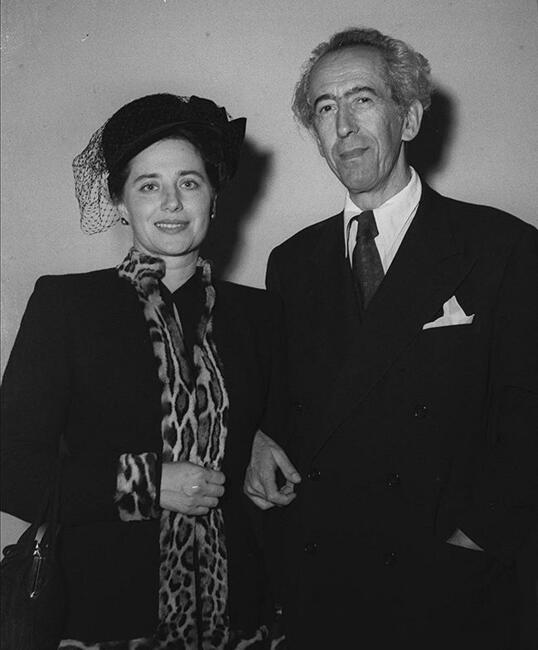
On her 95th birthday, Esther Rubin joked: "My prize was meant to be a three month stay in Palestine. I’ve been here for 77 years!” Today the house where the couple lived in central Tel Aviv is the Rubin Museum. We were fortunate to have the collaboration of Rubin’s son and daughter-in-law, David and Carmela Rubin, in compiling this post. After seeing the 1931 photo of the couple from the YIVO collection, Carmela, the curator and artistic director of the Rubin Museum, wrote to us:
“It is good of you to share materials from the Kling archive. The photo of Rubin and Esther is known to me, but what it makes it so special is the dedication. When I worked on a revised edition of Rubin’s autobiography, that was when I acquainted myself with this interesting couple, the Klings, and realized how meaningful meeting them in New York on his first visit in 1921 was for Rubin.”
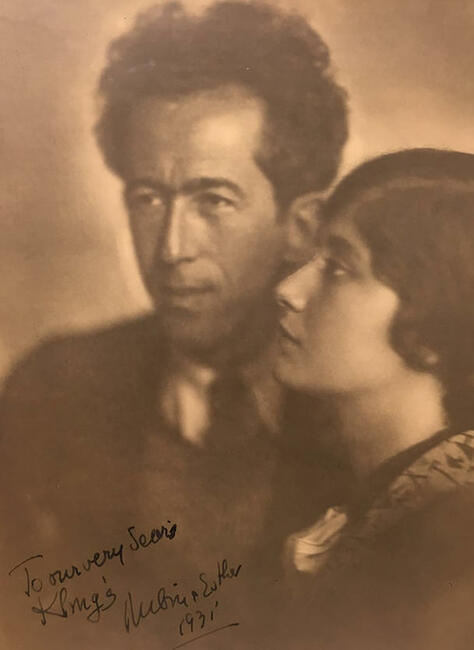
New York, 1921: I Meet Bertha Kling
By Reuven Rubin
From an advertisement I learned that on a certain evening there was to be a big Jewish entertainment in an armory and I suggested to Kolnik that we go there. I found the program of the evening intriguing: 200 cantors would be singing "Eli Eli"—a Hebrew song, really a lament, that was then very popular in Jewish circles—and boxing champion Benny Leonard would give a display of a few rounds. He, of course, was the great attraction of the evening and thousands of people must have come to the huge building.
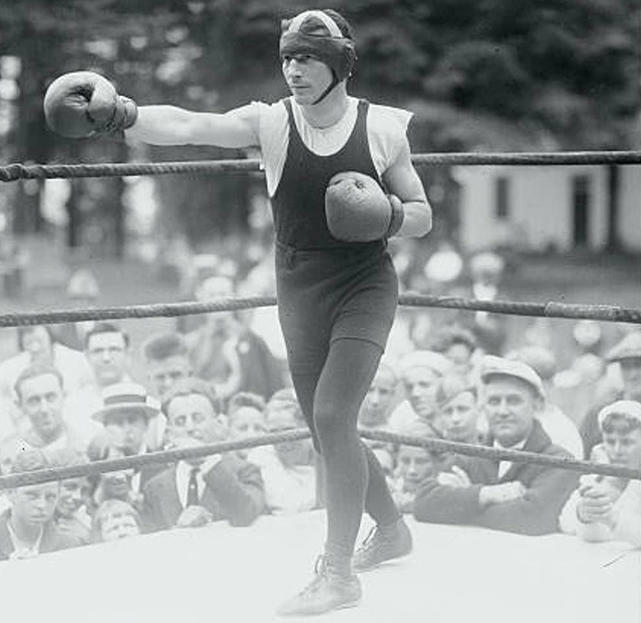
I walked about, trying to appear as American as I could, eating hot dogs and ice cream like everybody else. But people kept glancing at me, the intruder, the foreigner, and I suppose I did look exotic and peculiar. Then a woman came up to me and, speaking Yiddish, introduced herself as Bertha Kling, a poetess. I gave her my name and said that I was a painter. It seemed that a Yiddish newspaper either from Romania or Paris had published an item about my going to New York, so that my name was not completely unfamiliar to her.
We began a friendly conversation and she then introduced me to some of her friends: writers, musicians, journalists, who were apparently in New York Jewish circles. After the program we went to the Café Royal, the headquarters of the Yiddish intelligentsia. From that time on I was accepted among this group and while I was still as far off as ever from an exhibition, I felt much more at home. The companionship of these people who spoke "my language" reminded me of the group I had left behind in Czernowitz. Bertha Kling's house soon became a sort of haven, and its friendly atmosphere gave me a feeling of well-being, while her husband, a physician, welcomed me with equal kindness.
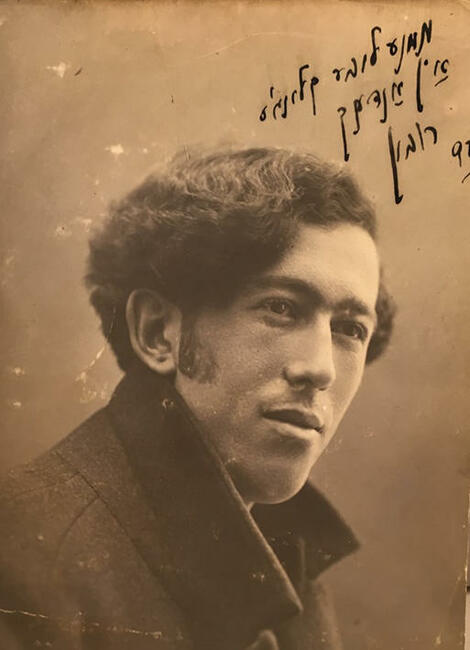
One evening at Mrs. Kling's I started to talk about the possibility of creating a "kibbutz" (the communal agricultural settlements were just then taking root in Palestine). Some of those present liked the idea and suggested I try and find a suitable place in the country. I certainly knew nothing of the suburbs or country around New York but I thought the name "Far Rockaway" sounded attractive so I concentrated on that area.
I eventually came upon an old house that had been unoccupied for some years and the real estate agent told me that we could have it for very little money. The repairs needed and the repainting we could do ourselves. Kolnik and myself, plus five couples, made up the group. We each contributed some money and in a very short time we had patched and cleaned up the house and managed to borrow enough furniture to make it habitable. It was situated about 200 yards from the sea, which I enjoyed so much.
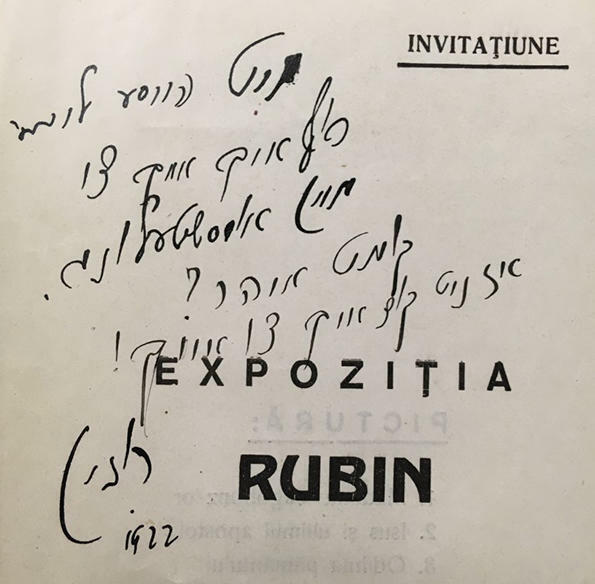
For a time I felt contented. I had time for painting and could go bathing and enjoy the fresh air and sunshine. Kolnik and the others were equally delighted, feeling it was wonderful to have a place to themselves and be free to do what they liked. So, a few months passed in work and play. We had frequent visitors, among whom were the writer Sholem Asch and his wife, who were particularly taken with the creative atmosphere of the "kibbutz." Other writers known in Jewish circles, such as [H.] Levick, [Avrom] Reisen, [I. J.] Schwartz, and [Efraim] Auerbach also came to see us.
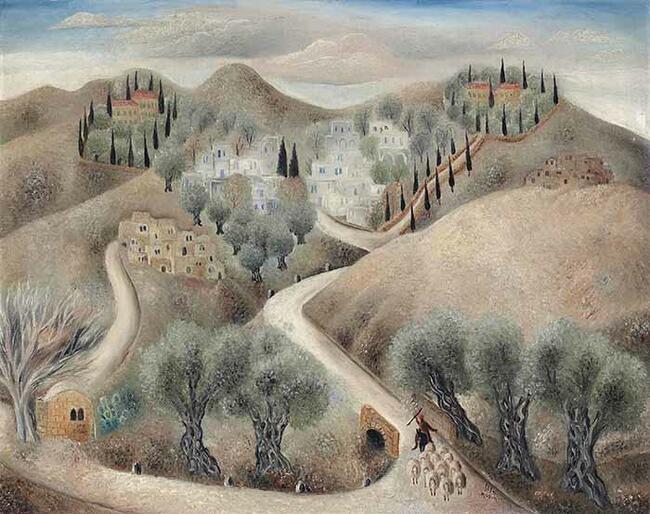
—David Mazower, Sophia Shoulson, Sasha Stern
--------------------
Our thanks to Carmela and David Rubin for their help with this post, and for permission to use the extract from My Life, My Art by Reuven Rubin. Information about the Rubin Museum can be found at Rubin Museum.
If you have comments on this blog, please email us at [email protected].
